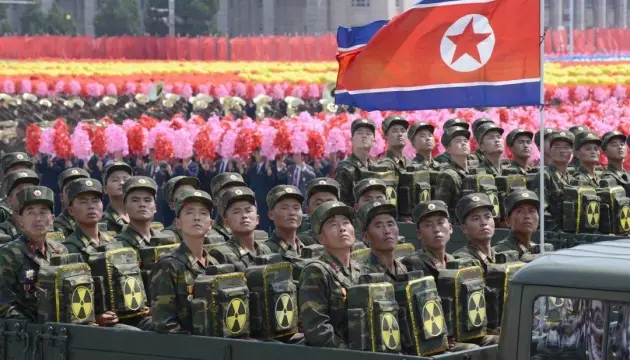Will the tension in the South China Sea escalate into an armed conflict?
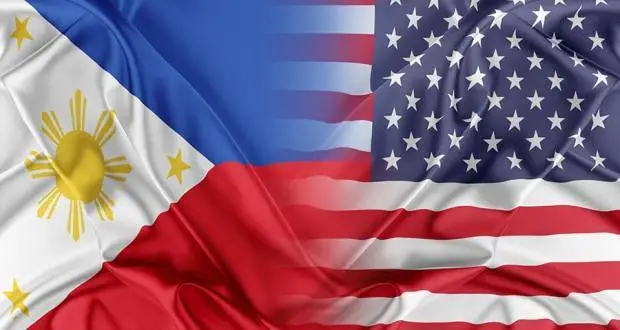
The Philippines and the United States are conducting joint military exercises near the South China Sea and Taiwan, which angered Beijing
For the first time in history, Philippine and American troops will conduct military exercises outside the southeast Asian country's territorial waters, which China says will only increase insecurity in the South China Sea.
The annual Balikatan exercise, which will run from April 22 to May 10, will involve 16,700 soldiers simulating the recapture of enemy-occupied islands in areas overlooking Taiwan and the South China Sea, which has angered Beijing. These war games come at a time of increasingly tense relations between the two countries. Naval clashes between the two have become more frequent, and China has repeatedly used water cannons to attack Philippine vessels. Why do tensions in the region continue to rise? What are the implications for the United States and the rest of the world?
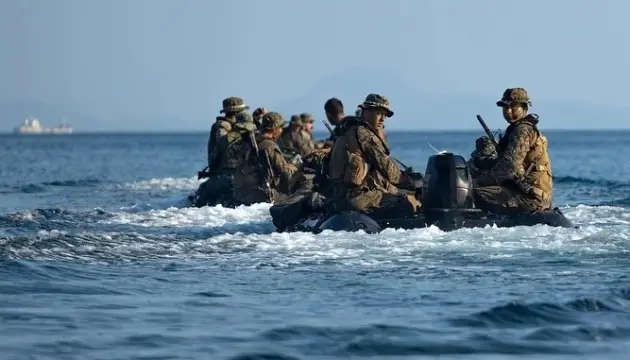
How are the US-Philippine exercises going?
According to Colonel Michael Logico, the exercise commander, this is the first time that Philippine and US forces will conduct military exercises outside of Philippine territorial waters. It is also the first time the Philippine Coast Guard has participated in a military exercise. The Coast Guard has increasingly been on the front lines of clashes with China, especially around the disputed Second Thomas Shoal.
In response to the planned drills, China's Foreign Ministry warned that the Philippines should be "sober enough to realize" that engaging outside countries to show off their power in the South China Sea and provoke confrontation will only increase tensions and undermine regional stability. Ministry spokesperson Lin Jian said that "attempts to engage outside forces to protect its so-called security will only lead to greater danger for itself".
Chinese state media have also been critical of the drills, which they say will have a "devastating impact on regional security". In response, the Philippine Department of Foreign Affairs said its decision to strengthen ties with Japan and the United States was a "sovereign choice" and called on China to "reflect on its own actions" in the South China Sea.
According to Logico, US troops and their Philippine counterparts will simulate the return of islands occupied by enemy forces on the country's northernmost islands, near Taiwan and in the western province of Palawan, which overlooks the South China Sea. More than 16,700 Filipino and U.S. military personnel will take part in the exercise. Six ships of the Philippine Coast Guard (PCG) will participate for the first time.
A small French contingent will join this year's exercise for the first time since its inception in 1991, deploying a frigate that will sail alongside Philippine and American ships in Manila's exclusive economic zone in the South China Sea. About 14 countries will join the exercise as observers, including Japan, India, ASEAN countries and the European Union.
The exercise, aimed at improving communication and coordination between the US and Philippine militaries, comes amid Beijing's recent aggressive behavior in the South China Sea and Taiwan Strait, which are hotbeds of tension between China and the United States. The so-called "gray zone" includes China's use of military-grade lasers to illuminate the Philippine Coast Guard, firing water cannons at ships, and ramming Philippine ships that were on resupply missions near the Second Thomas Shoal, which is claimed by both Manila and Beijing. Some crew members of the Philippine ships were wounded in the clashes.
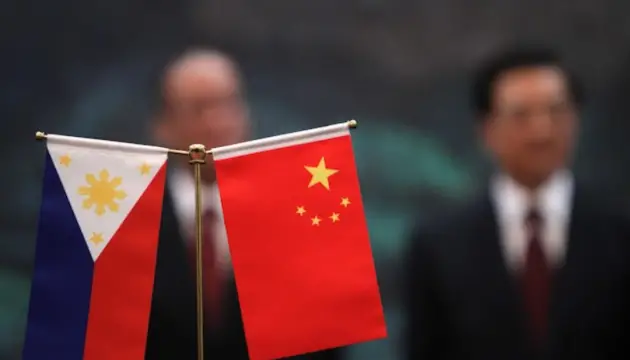
What does Beijing think of the exercise?
China claims almost all of the South China Sea, ignoring a 2016 ruling by an international tribunal that found its broad claims lacked legal basis.
Last week, U.S. President Joe Biden vowed that his country would defend the Philippines against any aggression in the South China Sea, holding his first joint summit with Manila and Tokyo amid rising tensions with Beijing.
On Thursday, China's top diplomat, Wang Yi, began a tour of Southeast Asia that will take him to Indonesia, Cambodia and Papua New Guinea.
Indonesia's newly elected President Prabowo Subianto visited China in early April, where President Xi Jinping praised their relationship and outlined his vision for regional peace. China is one of the largest sources of foreign direct investment in Indonesia and has invested billions of dollars in projects in the country.
Wang will conclude the tour in Papua New Guinea, where Beijing has sought to reduce the influence of the United States and Australia in recent years.
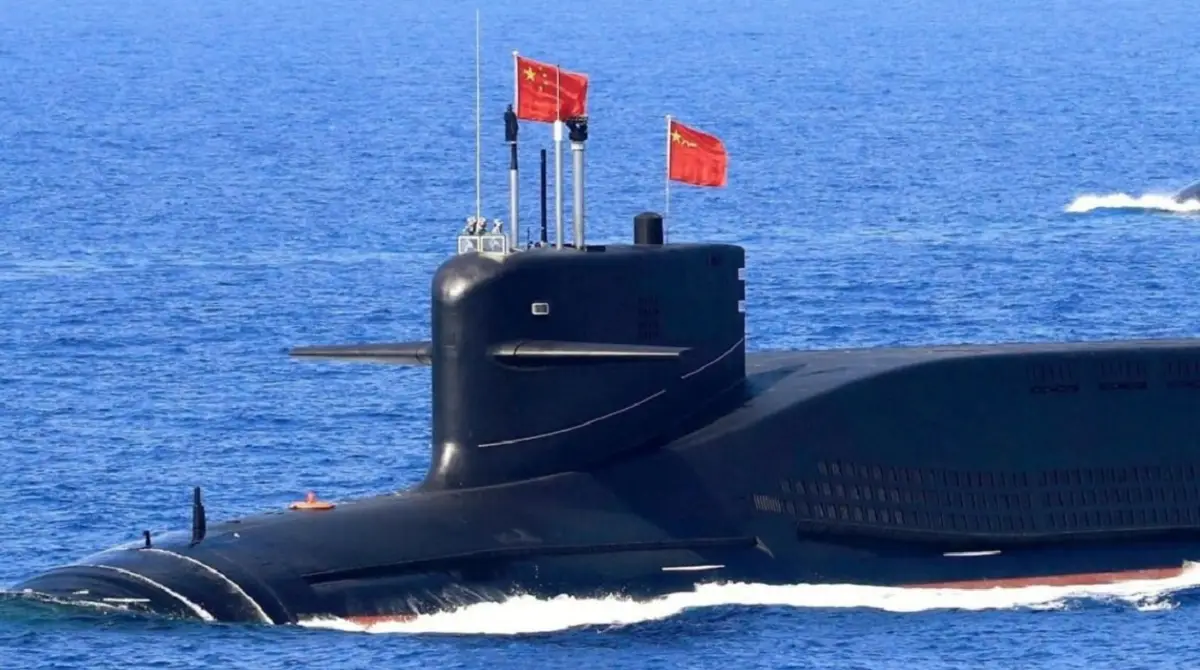
Background
The Chinese Coast Guard previously allowed the Philippines to deliver supplies to troops on a World War II-era ship, which Manila is using as an outpost in the Thomas Shoal, but said it would resolutely defend China's sovereignty and maritime rights in the area.
Tensions between the two countries continue to escalate, with the latest incidents involving Philippine vessels being damaged after being fired upon by a Chinese coast guard ship using water cannons. The Chinese coast guard claims that the Philippine boat ignored their warnings and intentionally collided with their vessel.
A group of 200 civilians from the Philippines was forced to stop their journey to the disputed waters while being followed by four Chinese vessels, including two navy ships.
Washington has pledged to strengthen ties with Indo-Pacific allies to counter Beijing's expansive claims to the important waterway. The Philippines has strengthened its defense alliance with the United States by expanding access for U.S. soldiers and conducting joint patrols of the disputed waters.
The Sierra Madre has been a point of tension between the Philippines and China since it ran aground on Second Thomas, a small reef in the disputed territory, about 120 miles off the coast of Palawan Island.
The Permanent Court of Arbitration in The Hague has invalidated the "nine-dash line" and determined that the Second Thomas Shoal is part of the Philippines' exclusive economic zone and continental shelf.



